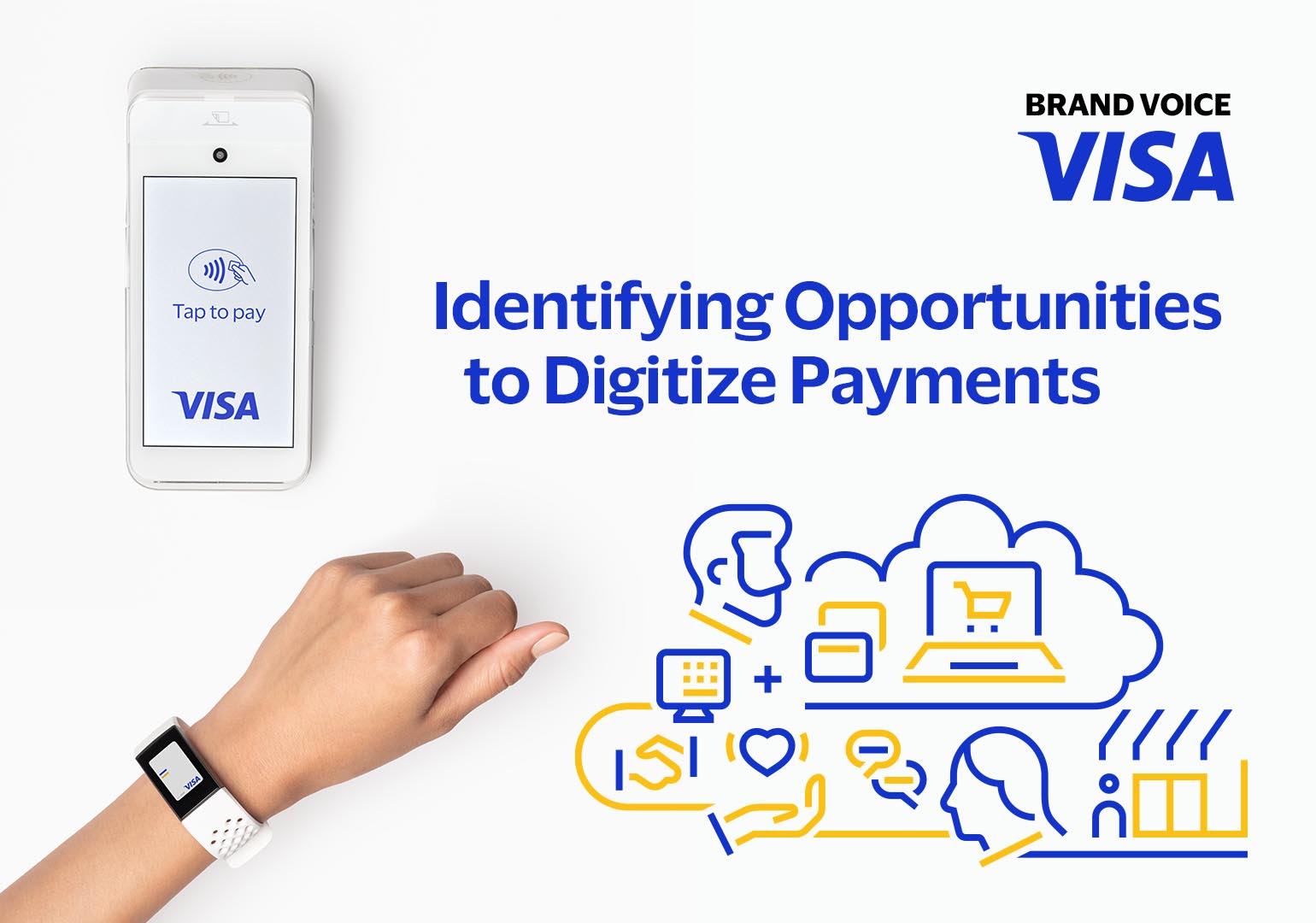Globally, the share of cash as a proportion of consumer expenditure is on the decrease, falling from 56 percent to 43 percent between 2015 and 2021.[1] However, while the trend towards the digitization of payments may be on the rise, there is still a lot of cash in circulation and scope to digitize payments further.
Levels of payment digitization vary across countries, with the top three most digitalized countries considered to be Norway, Sweden and South Korea.[2] Meanwhile, the three countries that have made the best progress in payment digitization between 2015 and 2020 are Argentina, China and the UAE – showing that there are real opportunities to accelerate the payments-digitization journey.
Regardless of its small geographical scale, Georgia was able to claim the first place worldwide in contactless payments penetration as of March 2023, based on VisaNet data. It means that almost ten out of ten transactions using Visa cards in Georgia have been contactless.
Mentioning this, Visa Regional Manager for the Caucasus region, Diana Kiguradze, called it an “impressive achievement” of Georgia which “makes us extremely proud” at Visa. “Claiming the first place in contactless payments penetration worldwide manifests the readiness of Georgian Visa cardholders to make safe, fast, and convenient payments. In one way, it shows the result of our years-long efforts, and in the other way, it motivates us to get on. Overall, Georgia’s preparedness to accept all the technological advancement Visa can proffer stands out a mile,” Diana Kiguradze said.
How can financial institutions and governments drive the adoption of digital payments?
Recommendation #1: Investigate the opportunity for regulatory solutions
Across the world, some of the most effective measures to accelerate cash reduction have included tax incentives. For example, the Swedish government introduced tax incentives in 2008 to encourage digital payments in traditionally cash-heavy environments. Customers could apply for tax deductions from their contractor who, in turn, applied to the tax authorities for a waiver of up to 50 percent. An electronic invoice was then issued to the customer for the remaining works. This generated a dramatic increase in electronic payment volumes and drew large numbers of people into the financial mainstream.
Recommendation #2: Explore partnerships across the payment ecosystem
Actors in the payment’s ecosystem can identify and unlock opportunities for market-wide growth and development through collaboration. Individually, financial institutions can increase the use of their own digital payment solutions. However, if they work together to overcome larger barriers, the impact can often be beneficial many times over.
Over many years, Visa has been cooperating with a number of financial institutions, merchants, and governmental organizations to shape the most up-to-date payment ecosystem and drive a cashless economy. Visa in Georgia has recently signed MoU with the Ministry of Economy and Sustainable Development and USAID Economic Security Program in Georgia, in order to drive digital transformation and enhance digital literacy with a specific focus on micro and small entrepreneurs, explore and accelerate innovations in Georgia, within tailored projects to promote economic and financial inclusion.
Recommendation #3: Invest in financial literacy programs
Globally, there is a strong correlation between a country’s dependency on cash and the prevailing level of financial literacy. By investing in financial literacy programs, higher levels of the digitization of payments should follow. There are also the added benefits for banks in investing in these programs, of enhancing their reputations and securing higher levels of loyalty.
Recommendation #4: Take advantage of existing product and service solutions
Ready-made products and services targeted at digitizing payments have been made available within the payment’s ecosystem. One example is Cash-at-POS, which enables people who are paying by card to receive a cash advance at any participating retailer. Another is Visa Tap to Phone, which allows merchants to turn their phones into POS devices and to securely accept payments from contactless cards and NFC-enabled mobile wallets.
[1] Joint consumer expenditure study by Visa and Euromonitor
[2] Visa Consulting & Analytics research 2021





